IoT Wi-Fi Modules
IoT Wi-Fi
IoT Wi-Fi modules often come with powerful MCUs to achieve high system integration, reduced energy consumption, and compact design, catering to the dynamic needs of IoT applications. As the IoT (Internet of Things) rapidly evolves, many development boards are designed to meet diverse requirements.
Among them, LinkIt 7688 and ESP32 are two popular IoT development boards. We specialize in development and design using these two platforms. Below, we will introduce the features, advantages, disadvantages, application scenarios, and the differences in application architecture of these two development boards, along with some usage guidelines.
RF / MCU Wi-Fi & BT Modules
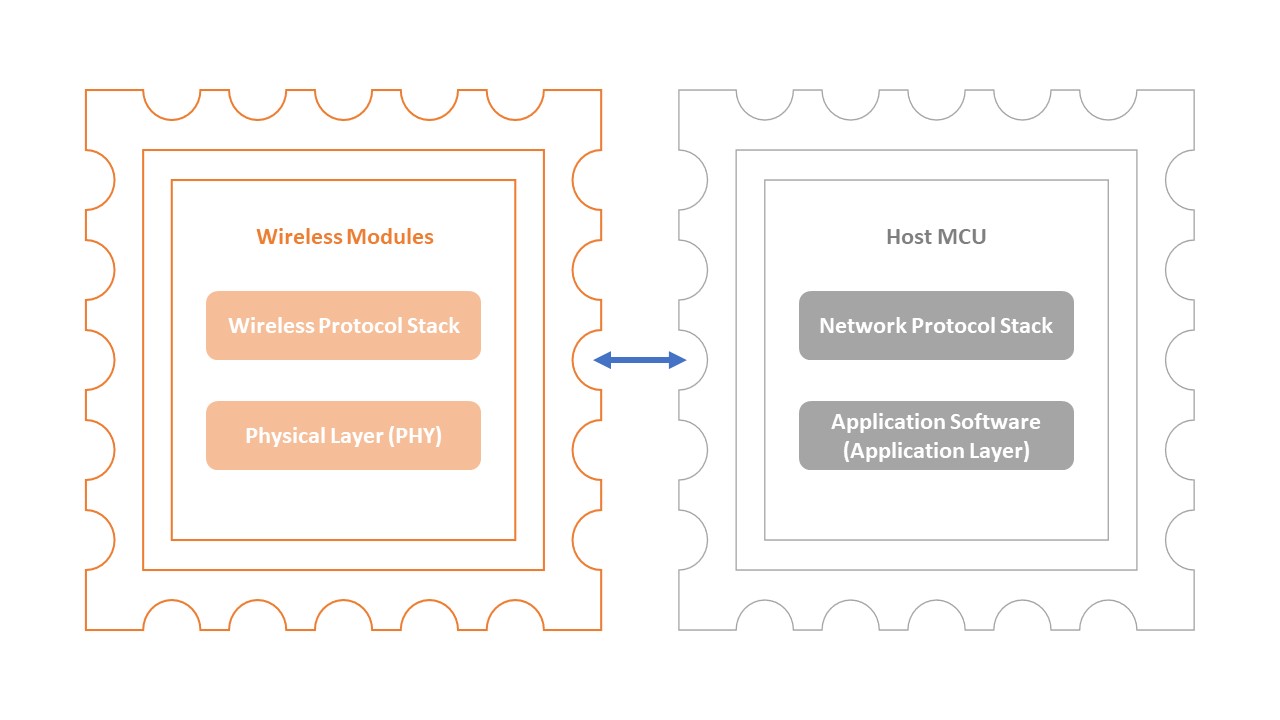
- Communication modules typically require an additional powerful processor capable of running operating systems such as Windows, Linux, or Android.
- Common interfaces for connection include SDIO, PCIe, and USB.
- USB requires driver installation.
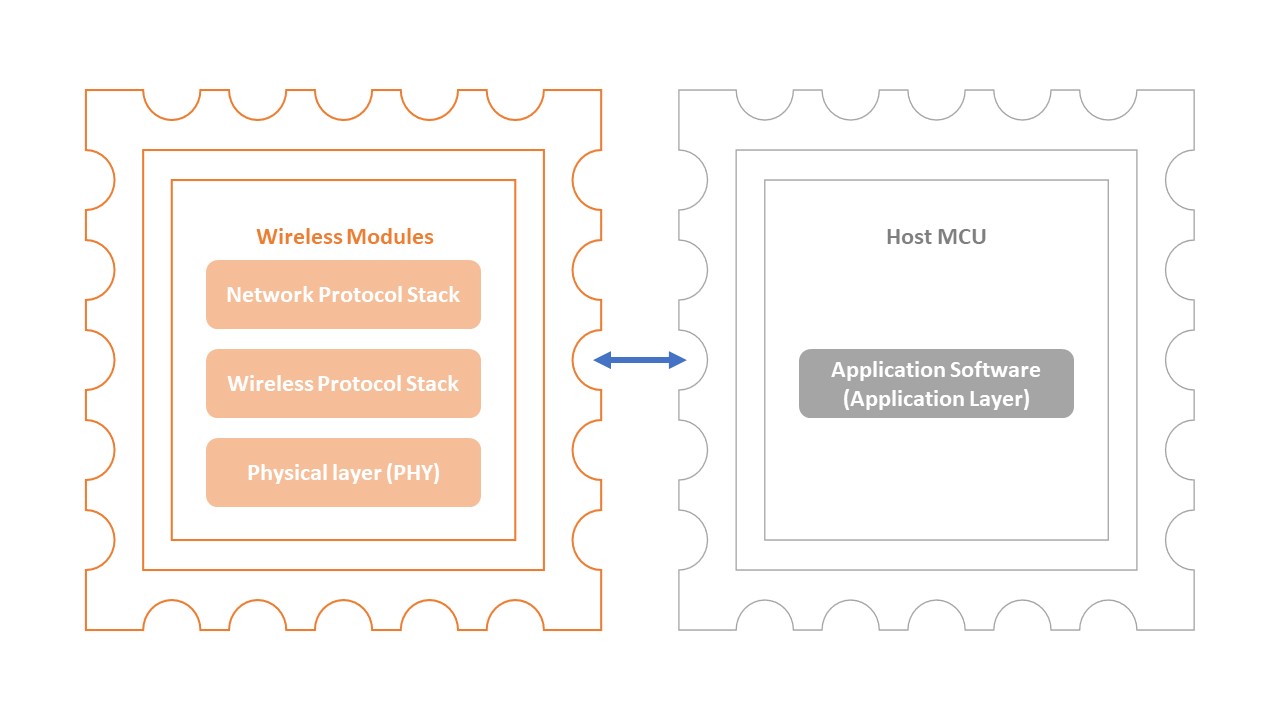
- Communication modules usually have an integrated lightweight MCU that runs RTOS independently.
- Common interfaces include UART and SPI.
- It has an integrated TCP/IP stack and supports AT commands, among other features.
IoT Wi-Fi & BT Modules
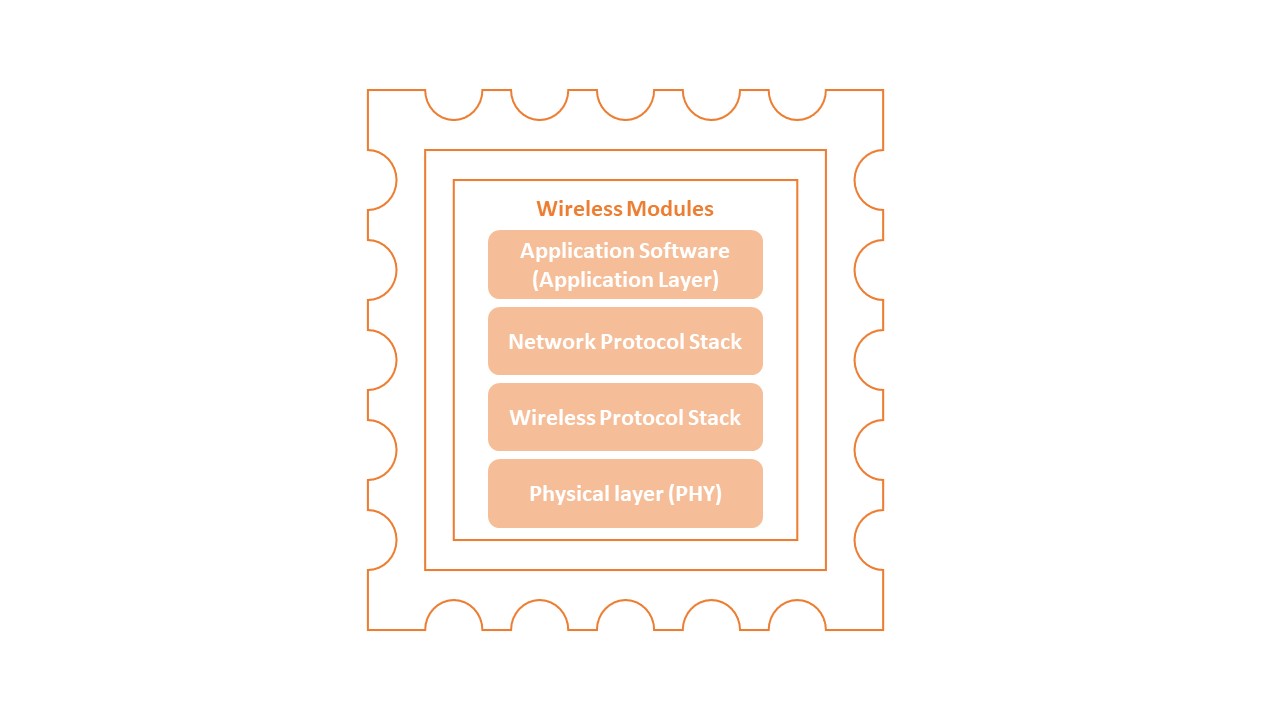
- Communication modules can be further developed using the lightweight MCU/MPU that runs an independent RTOS internally.
- Commonly used interfaces like GPIO, I2C, and SPI can be directly developed for peripheral applications.
You need to be able to master both hardware and software platform development and upper-layer application implementation.
LinkIt 7688
LinkIt 7688 is typically used in scenarios that require running complex applications and services, relying on its complete Linux system to deploy various server applications and network services.
Common applications :
- Smart Home : Smart routers, home automation control centers.
- Industrial Automation : Data collection and transmission devices.
- Cloud Services : Lightweight cloud servers or gateway devices.
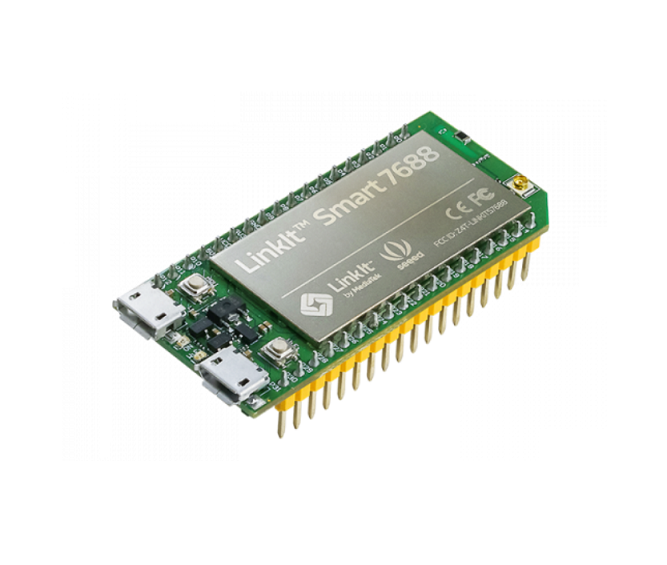
Processor : MediaTek MT7688AN SoC
Memory : 128MB DDR2 RAM and 32MB Flash
Wireless Communication : Built-in 802.11n 2.4GHz WiFi module
Operating System : Runs on Linux based on OpenWrt
Expansion Interfaces : Includes GPIO, I2C, SPI, UART, and other interfaces for easy connection to various sensors and devices.
Advantages :
- Supports a complete Linux environment, facilitating complex application development.
- Relatively larger memory and storage space, suitable for applications requiring more resources.
- Rich networking capabilities, suitable for applications needing strong network capabilities
Comparison :
- Compared to ESP32, higher power consumption.
- Development environment may be less friendly for beginners, requiring some Linux fundamentals.
ESP32 DevKitC
ESP32 is more suitable for embedded applications, often used as sensors or controllers. Its low-power characteristics make it ideal for battery-powered scenarios. ESP32 is typically employed in situations requiring wireless communication but without the need for running complex operating systems.
Common applications :
- Wearable devices : Smart bracelets and health monitoring devices.
- IoT sensors : like environmental monitoring and smart agriculture.
- Home automation : such as smart lighting and smart plugs.
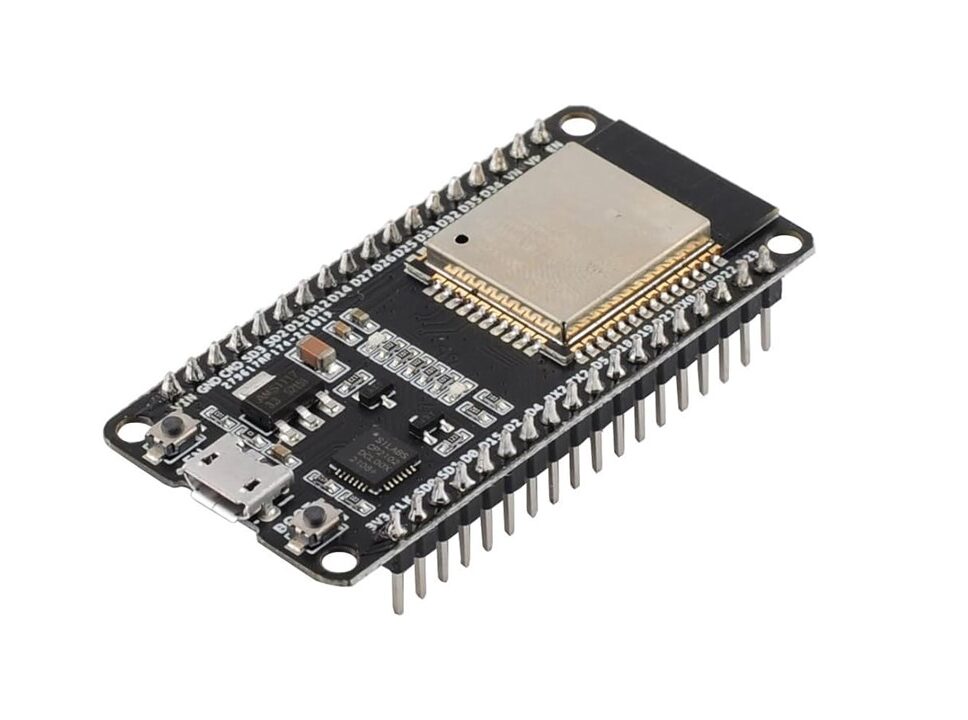
Processor : ESP32-WROOM-32 dual-core Xtensa LX6 microcontroller, operating at up to 240 MHz.
Memory : Includes 520KB SRAM and 4MB Flash.
Wireless Communication : Built-in 2.4 GHz WiFi and Bluetooth 4.2/BLE module.
Operating System : Supports multiple development environments, including ESP-IDF, Arduino IDE, and MicroPython.
Expansion Interfaces : Rich set of GPIO, ADC, DAC, I2C, SPI, UART, and other interfaces.
Advantages :
- Dual-core processor, powerful performance with low power consumption.
- Integrated WiFi and Bluetooth capabilities, versatile application possibilities.
- Rich development environment, supports multiple programming languages and platforms, beginner-friendly.
Comparison :
- Relatively smaller memory and storage space, not suitable for applications requiring large storage or extensive computing, or those needing higher-end models.
- Supports multiple wireless communication protocols, but configuration and management can be more complex.



